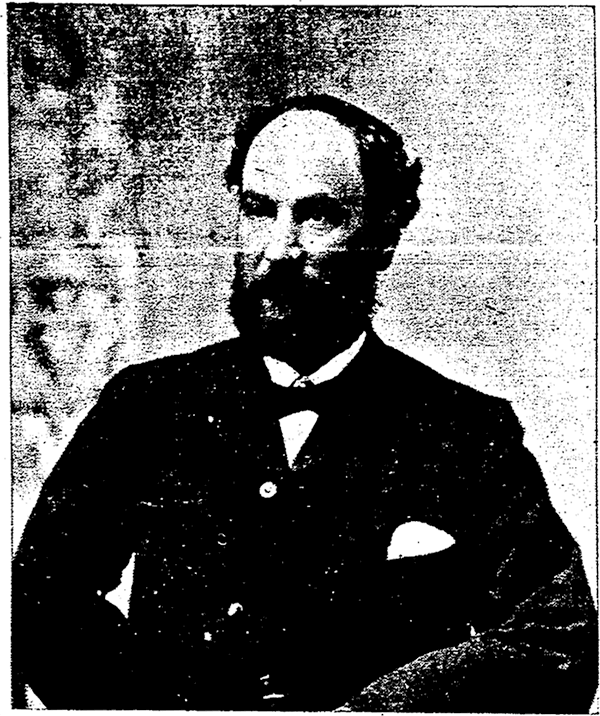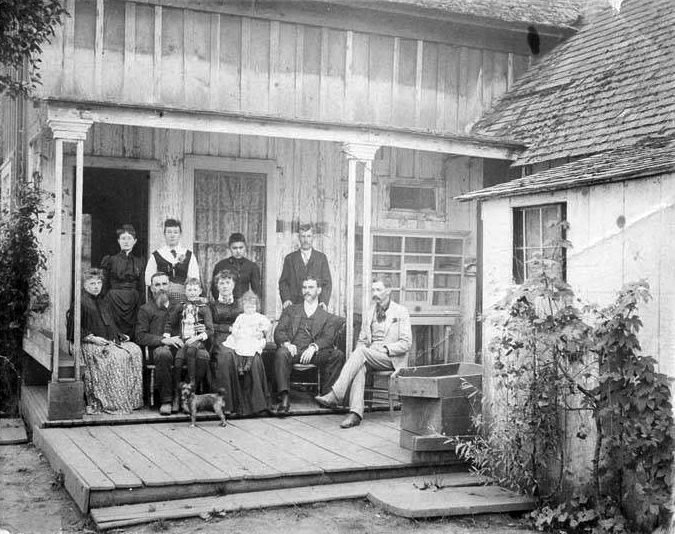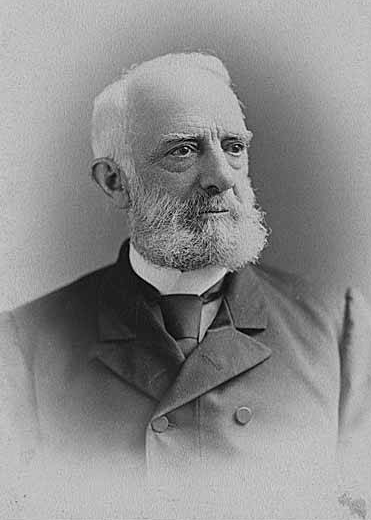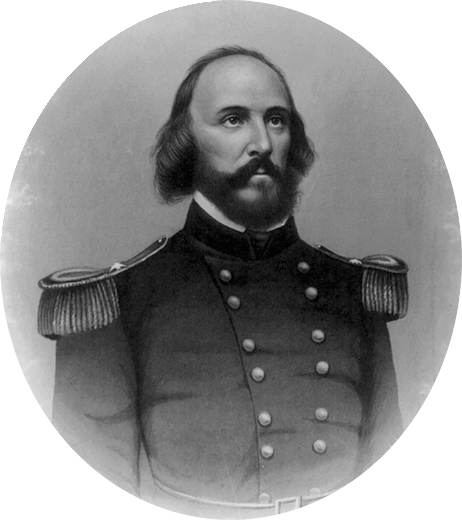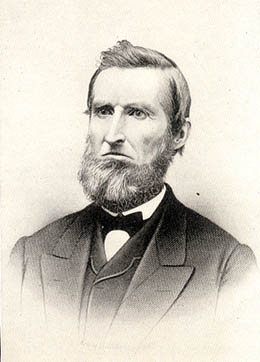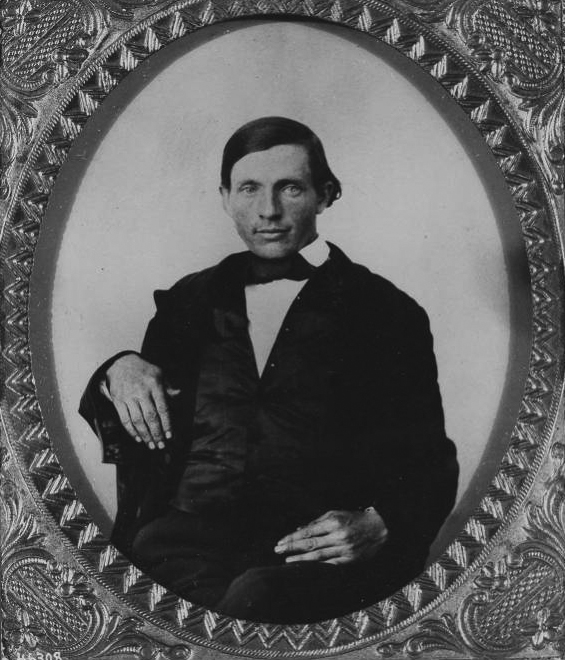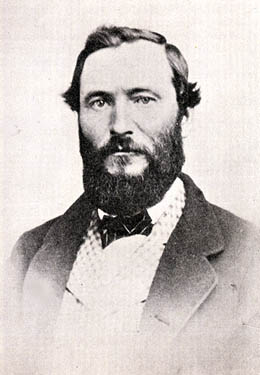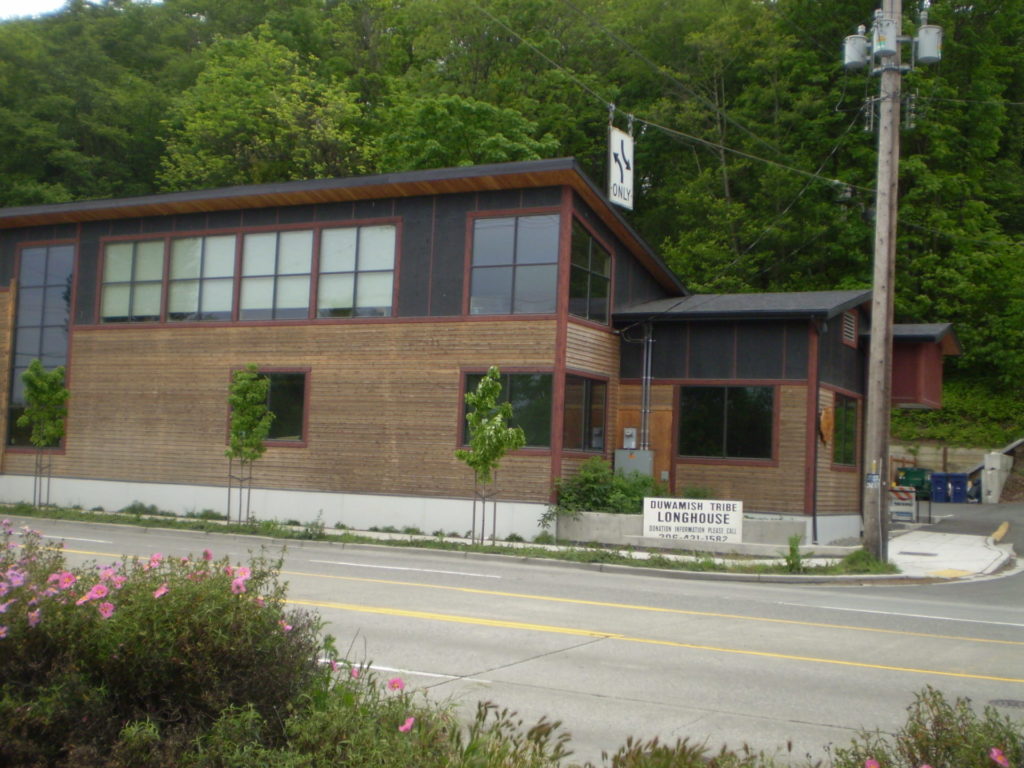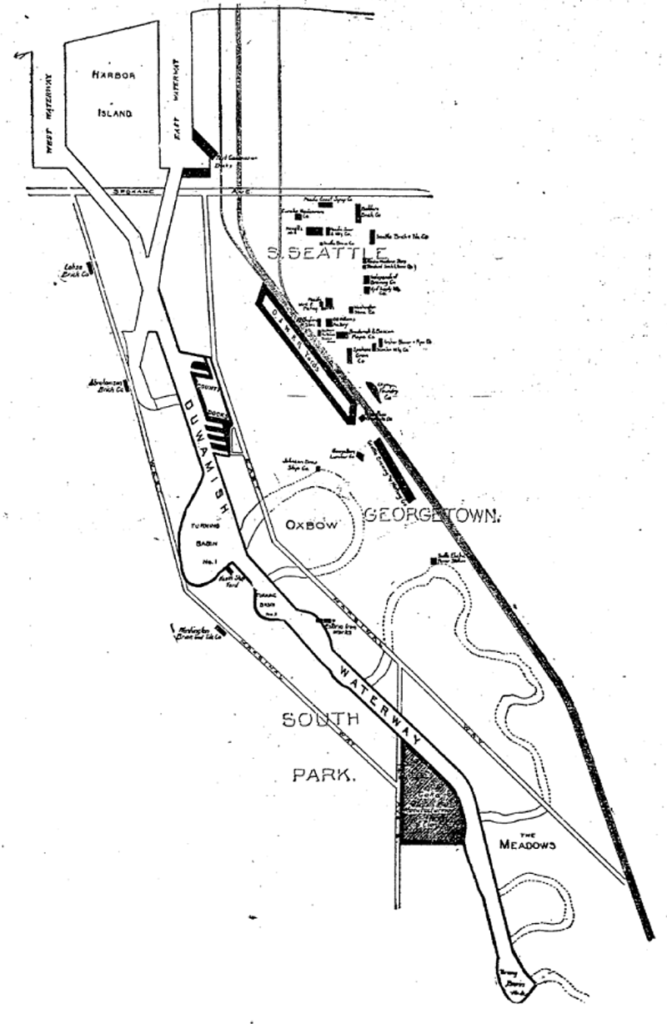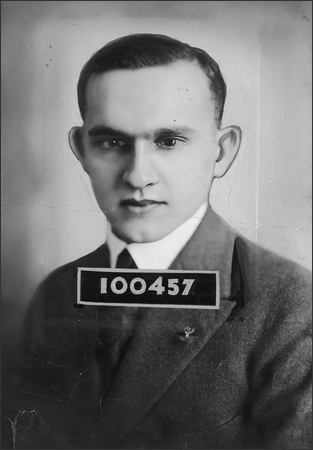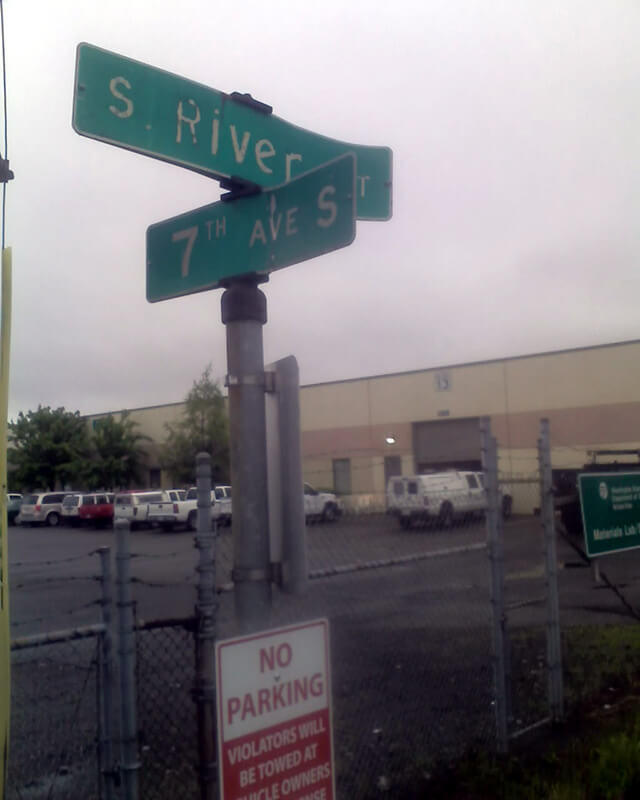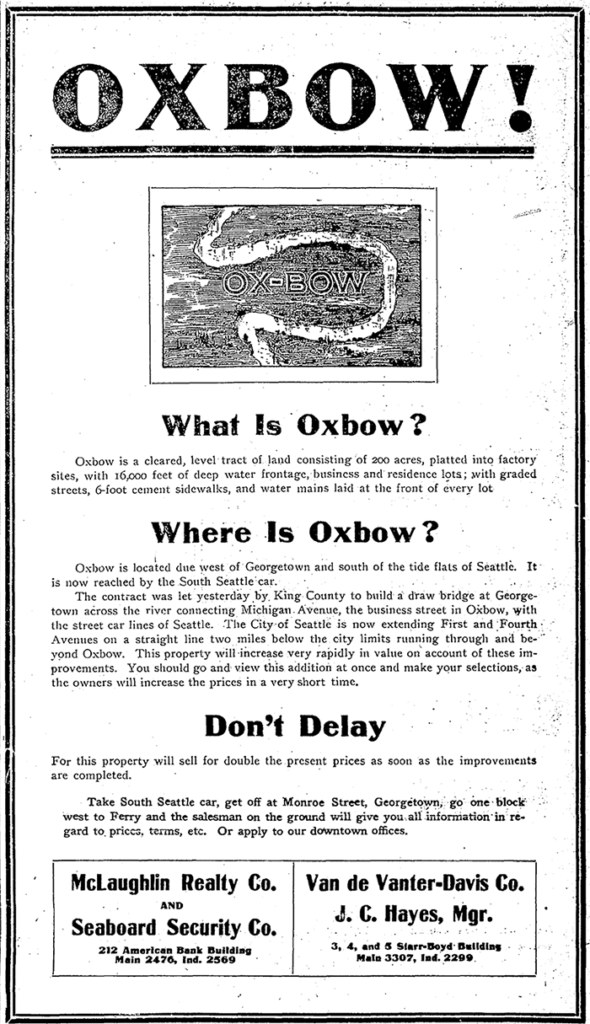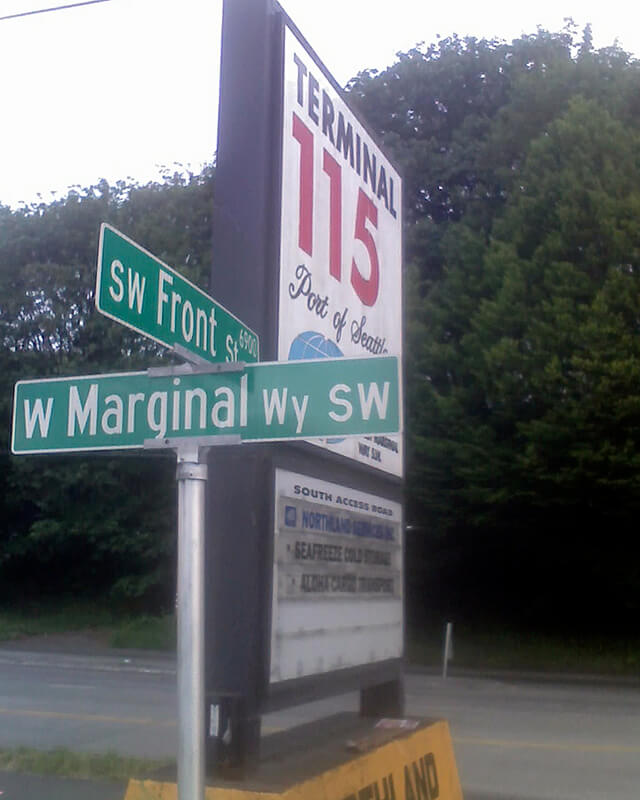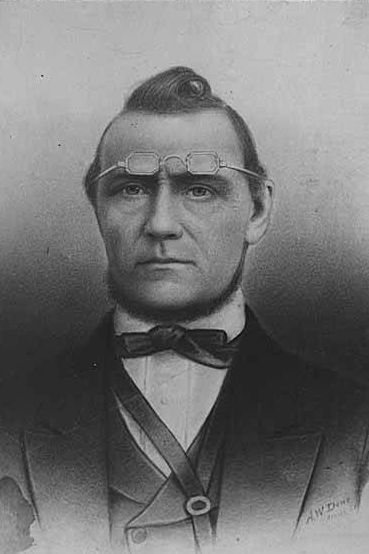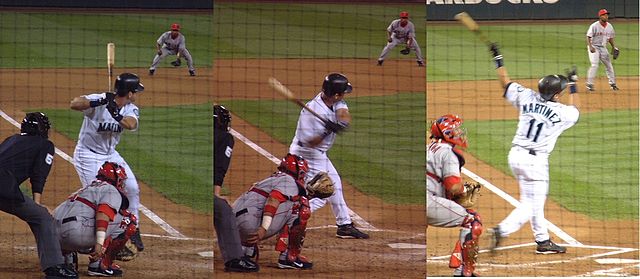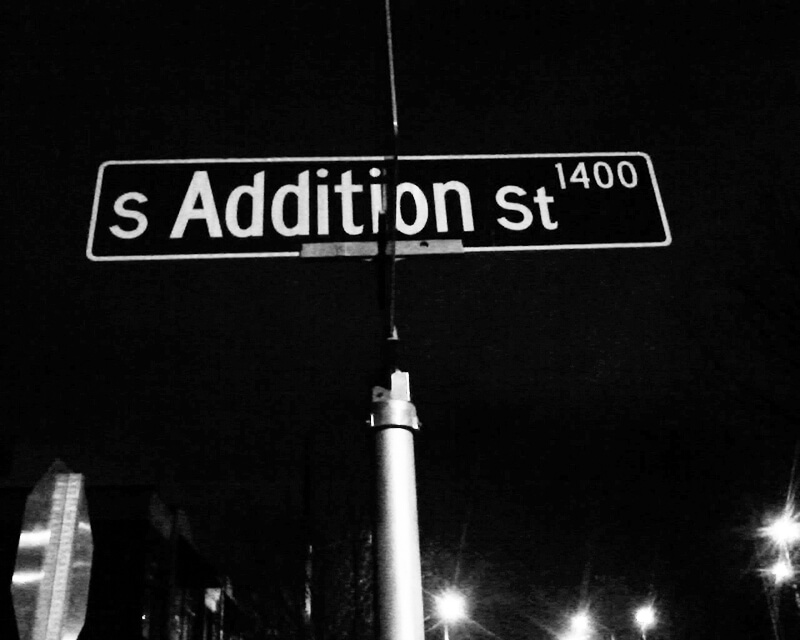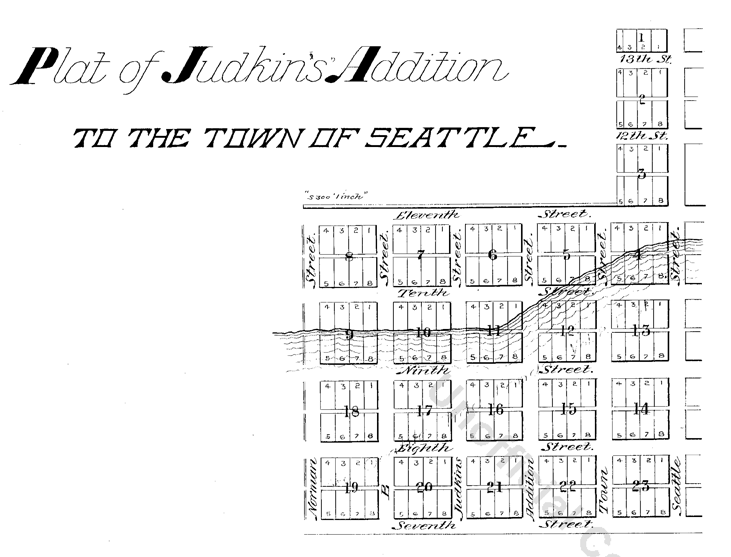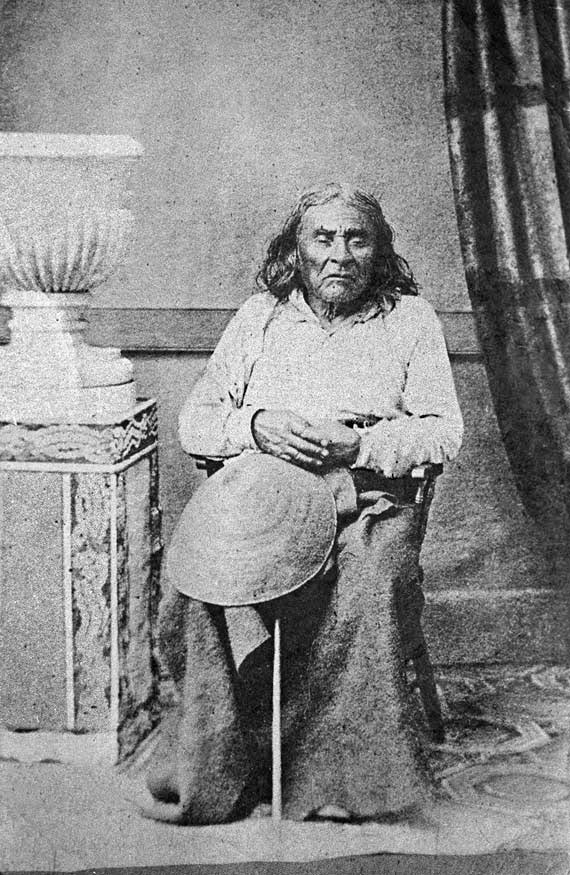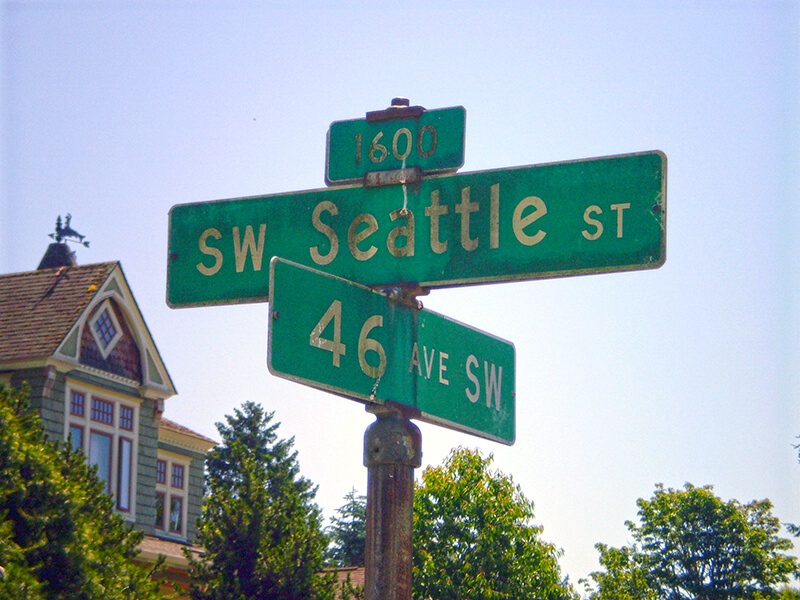This street in the Industrial District is so named because it cuts diagonally across the street grid, going northeast–southwest rather than east–west or north–south. But why is it there in the first place?
In a sense, Diagonal Avenue has been around since the 1850s. As Sophie Frye Bass writes in Pig-Tail Days in Old Seattle,
The Beach or River Road… skirted the shore of the bay at the foot of the high Beacon Hill bluff, east of what is now Airport Way, and ran south along the Duwamish.… Built in the early fifties, [it] was a hard road to keep in good condition.… In 1886, a road was built on piling over the mud flats a little west of the Beach Road to avoid the slides and floods. This street became known as the Grant Street Bridge.
Essentially, there were a series of roads following the semicircular curve of Elliott Bay from Downtown to the Duwamish River before the tideflats were filled in: first Beach Road (or River Road), then the Grant Street Bridge, which in turn became Seattle Boulevard once the fill was complete. Sometime before 1918 (the first mention I could find of the name in The Seattle Times), the portion of Seattle Boulevard that ran northeast–southwest (the southern third of the semicircle) was renamed Diagonal Avenue. (In 1931, the rest of Seattle Boulevard was renamed Airport Way.)
Today, Diagonal Avenue S begins at Airport Way S and goes just about 400 feet to S Spokane Street. There is a slightly shorter segment west of 4th Avenue S which is blocked by railroad tracks, and one even shorter west of 2nd Avenue S blocked by the Union Pacific Railroad’s Argo Yard. It resumes for the last time at S Oregon Street, Colorado Avenue S, and Denver Avenue S, and goes ⅓ of a mile to sbəq̓ʷaʔ Park and Shoreline Habitat on the east bank of the Duwamish Waterway, which the Port of Seattle says “is probably the best small boat take-out launch site on the Lower Duwamish Waterway.”
Born and raised in Seattle, Benjamin Donguk Lukoff had his interest in local history kindled at the age of six, when his father bought him settler granddaughter Sophie Frye Bass’s Pig-Tail Days in Old Seattle at the gift shop of the Museum of History and Industry. He studied English, Russian, and linguistics at the University of Washington, and went on to earn his master’s in English linguistics from University College London. His book of rephotography, Seattle Then and Now, was published in 2010. An updated version came out in 2015.
